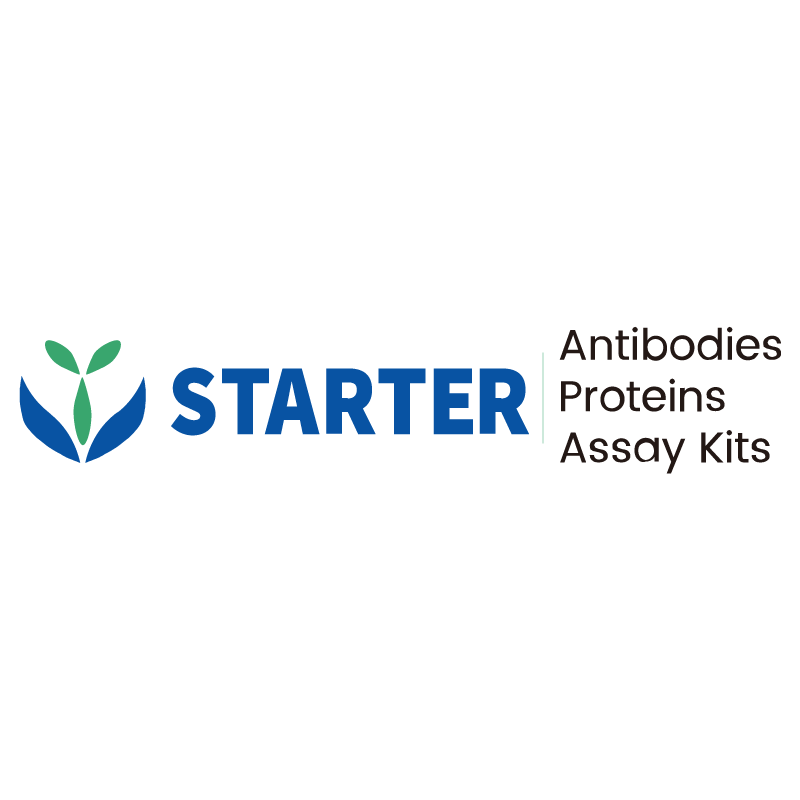Multiparameter flow cytometric analysis of Mouse CD86/B7-2 expression on C57BL/6 mouse splenocytes treated with LPS. C57BL/6 mouse splenocytes (Left) or treated with LPS (500ng/ml, 3d) (Right) were stained with Brilliant Violet 421™ Mouse Anti-Human CD19 antibody and SDT Alexa Fluor® 488 Rat Anti-Mouse CD86/B7-2 antibody at 1 μg/test. Flow cytometry and data analysis were performed using BD FACSymphony™ A1 and FlowJo™ software.
Product Details
Product Details
Product Specification
| Host | Rat |
| Antigen | CD86/B7-2 |
| Synonyms | T-lymphocyte activation antigen CD86; Activation B7-2 antigen; B70; BU63; CTLA-4 counter-receptor B7.2; FUN-1 |
| Location | Cell membrane |
| Accession | P42081 |
| Clone Number | S-R434 |
| Antibody Type | Rat mAb |
| Isotype | IgG2a,k |
| Application | FCM |
| Reactivity | Ms |
| Positive Sample | C57BL/6 mouse splenocytes treated with LPS |
| Purification | Protein G |
| Concentration | 0.2 mg/ml |
| Conjugation | Alexa Fluor® 488 |
| Physical Appearance | Liquid |
| Storage Buffer | PBS, 25% Glycerol, 1% BSA, 0.3% Proclin 300 |
| Stability & Storage | 12 months from date of receipt / reconstitution, 2 to 8 °C as supplied. |
Dilution
| application | dilution | species |
| FCM | 5 μl per million cells in 100μl volume | Ms |
Background
CD86, also known as B7-2, is a crucial protein molecule in the immune system, belonging to the B7 protein family. This family comprises various costimulatory molecules that are essential for T-cell activation, proliferation, and the exertion of effector functions. CD86 provides the second signal (costimulatory signal) for T-cell activation by binding to the CD28 receptor on T-cells. This signal is necessary for the full activation and differentiation of T-cells into effector T-cells (e.g., Th1, Th2) or memory T-cells. CD86 also exerts a negative regulatory role through its interaction with the CTLA-4 receptor on T-cells. CTLA-4 has a higher affinity for CD86 than CD28, allowing it to competitively bind to CD86 during the later stages of T-cell activation, thereby inhibiting further T-cell activation and preventing excessive immune responses. CD86 also exerts a negative regulatory role through its interaction with the CTLA-4 receptor on T-cells. CTLA-4 has a higher affinity for CD86 than CD28, allowing it to competitively bind to CD86 during the later stages of T-cell activation, thereby inhibiting further T-cell activation and preventing excessive immune responses.
Picture
Picture
FC


